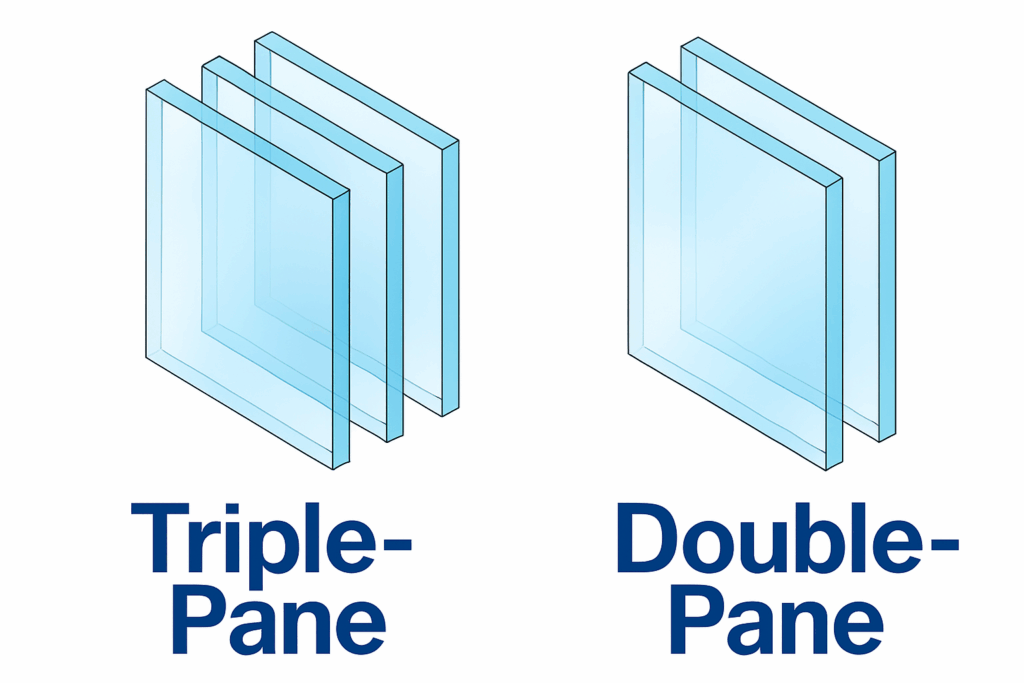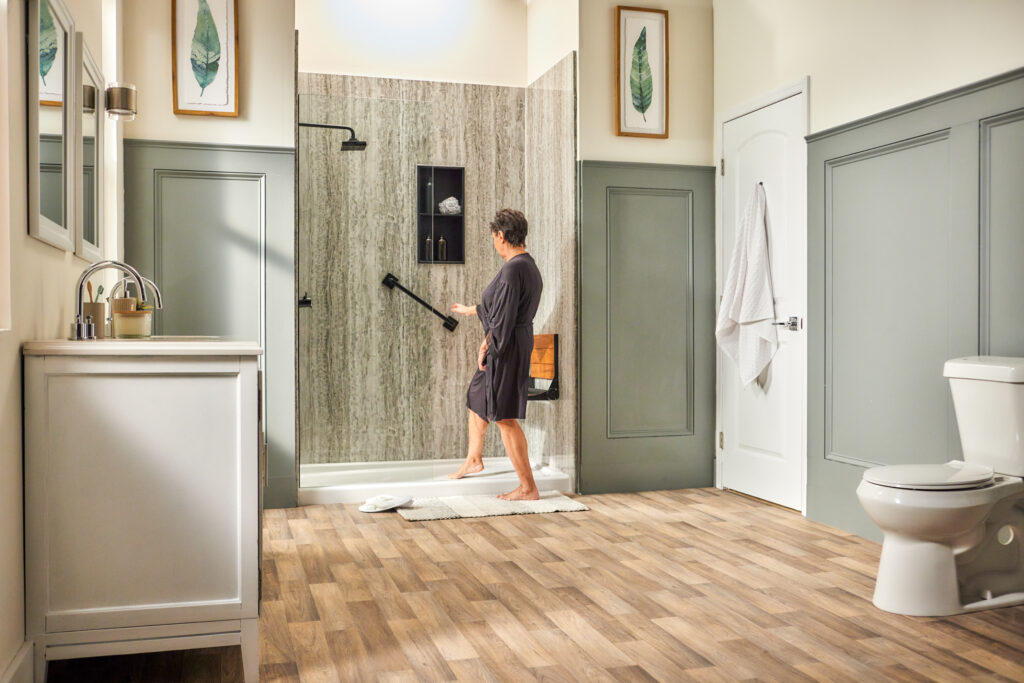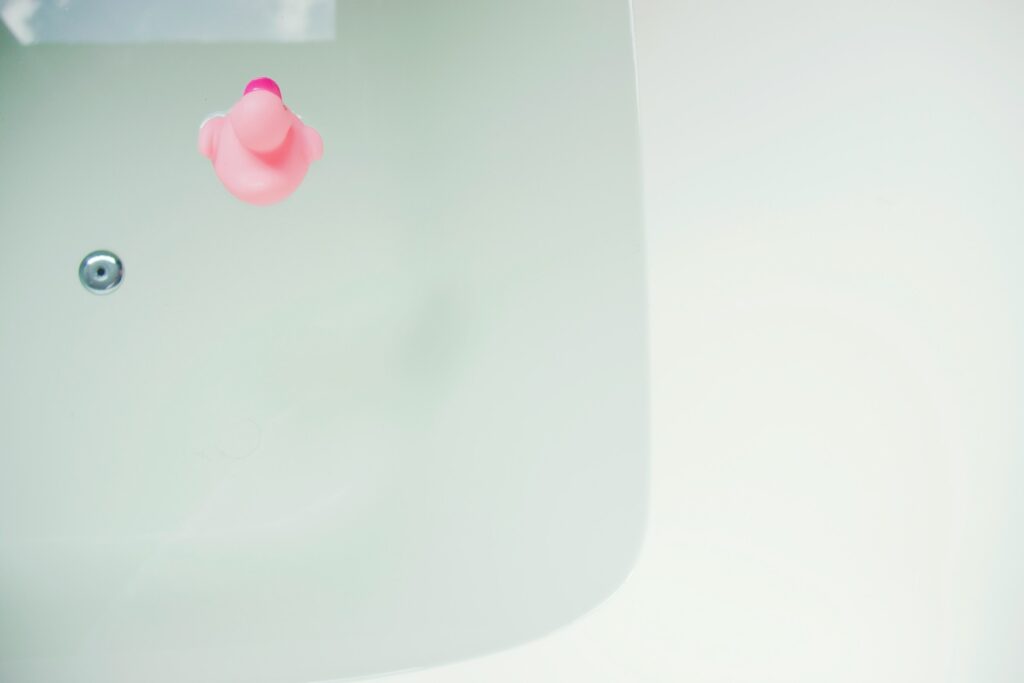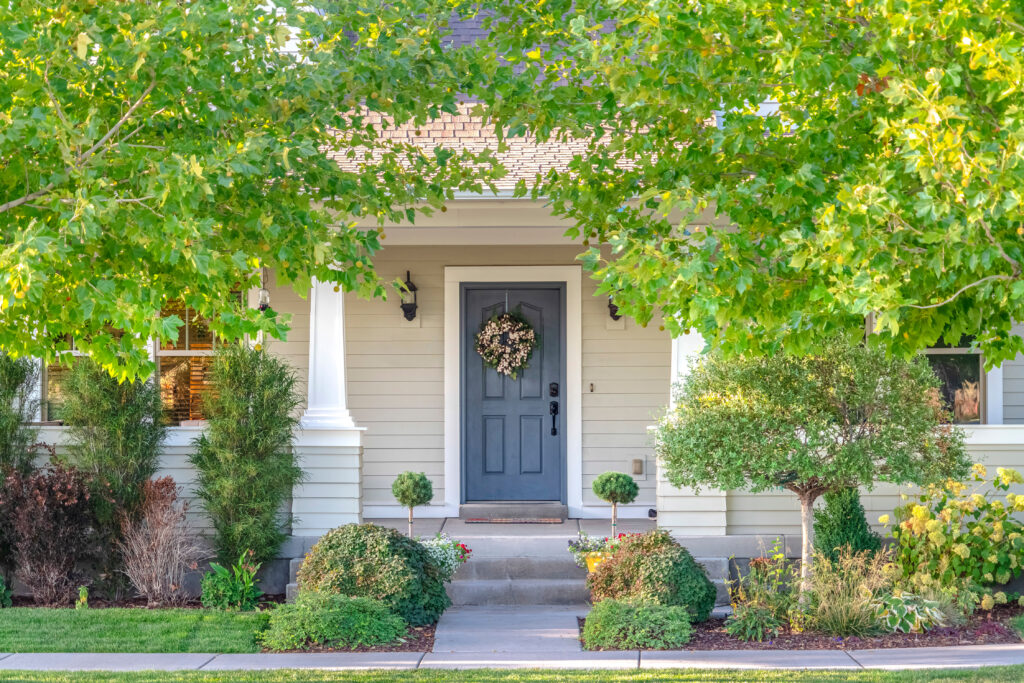
When you’re replacing or upgrading your windows, color might not be the first thing you think about, but it’s one of the most visible and lasting design choices you can make. Your window frame color plays a major role in your home’s exterior appearance, helps define architectural style, and even contributes to energy efficiency depending on where you live.
At Statewide Remodeling, we help homeowners across Texas, Oklahoma, Arkansas, New Mexico, and Utah find window solutions that aren’t just functional but also beautifully suited to their home’s design and climate. In this guide, we’ll explore how to choose the right exterior window color for your frame based on regional conditions, home style, material options, and long-term durability.
Why Exterior Window Frame Color Matters
Your exterior window color impacts more than just curb appeal. It plays a role in how well your windows blend in or stand out against your home’s siding, trim, and roofing. The right color can reinforce the architectural style of your home, whether traditional or modern, and even influence indoor comfort.
For example, light-colored frames reflect sunlight to help reduce heat gain, while darker frames may absorb warmth in cooler climates. On top of that, thoughtful color selection can enhance resale value and long-term homeowner satisfaction. Because replacement windows are a lasting investment, choosing a color that balances visual appeal with functional performance is essential.
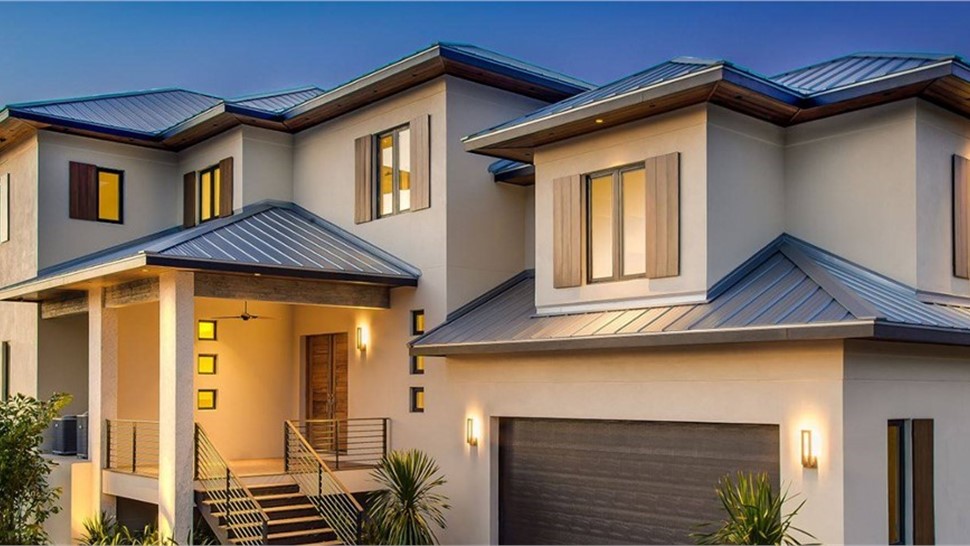
Factors to Consider Before Choosing a Window Color
1. Your Home’s Exterior Palette
Look at your siding, roof, and trim to determine the dominant tones. If your home features warm hues like beige, brown, or red, window frame colors such as tan, bronze, or brown tend to work well and create a cohesive look. On the other hand, if your exterior leans cool with colors like gray, blue, or white, consider white, black, or gray frames to either contrast or harmonize depending on the effect you want to achieve.
2. Climate Considerations
In hotter climates like Texas and New Mexico, light-colored frames reflect more sunlight and can help reduce heat absorption. In cooler areas, dark frames retain warmth and can contribute to passive solar gain.
Also consider UV exposure. High sun exposure can cause certain colors to fade more quickly, which makes fade-resistant or factory-finished vinyl and fiberglass options ideal.
3. Neighborhood or HOA Guidelines
Some neighborhoods may have restrictions or established aesthetics. Choosing colors that fit within those norms can preserve harmony (and prevent compliance issues!)
4. Maintenance Preferences
Lighter-colored window frames tend to conceal dust, dirt, and debris more effectively, which can be especially helpful in windy or arid regions. These conditions often cause fine dust to settle on exterior surfaces, and light frames—such as white, tan, or beige—typically show less buildup between cleanings.
In contrast, darker-colored frames like black or bronze may require more frequent washing to maintain a clean appearance, as dust and water spots are more visible against dark surfaces.
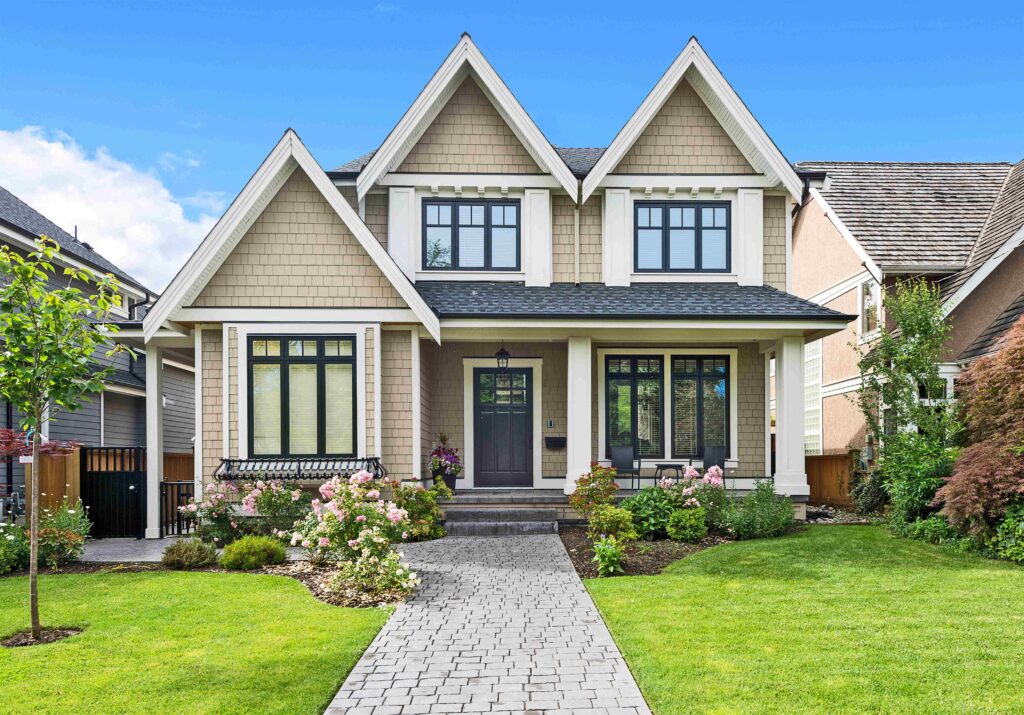
Popular Exterior Window Colors and Their Style Pairings
Let’s explore common color options and how they work with various home designs:
White
-
Best for: Traditional, colonial, ranch, or transitional homes
-
Why it works: Classic, timeless, and versatile. Works well with any siding color.
Black
-
Best for: Modern, industrial, farmhouse, or mid-century homes
-
Why it works: Creates bold contrast against lighter exteriors. Very popular in contemporary design.
Gray
-
Best for: Transitional or urban-style homes
-
Why it works: Subtle but stylish, gray frames pair well with brick, stone, or wood facades.
Bronze / Brown
-
Best for: Tuscan, rustic, or Southwestern homes
-
Why it works: Earthy tones complement natural materials and desert tones, especially in New Mexico and West Texas.
Tan / Beige
-
Best for: Traditional or Southwestern homes
-
Why it works: Neutral and warm, these shades create harmony with stucco or sand-colored siding.
Green or Red
-
Best for: Historical or cottage-style homes
-
Why it works: Unique, regionally inspired accents that pair well with neutral siding.
Blue
-
Best for: Coastal-inspired or craftsman homes
-
Why it works: Crisp and inviting. Lighter blues brighten the exterior while navy adds sophistication.
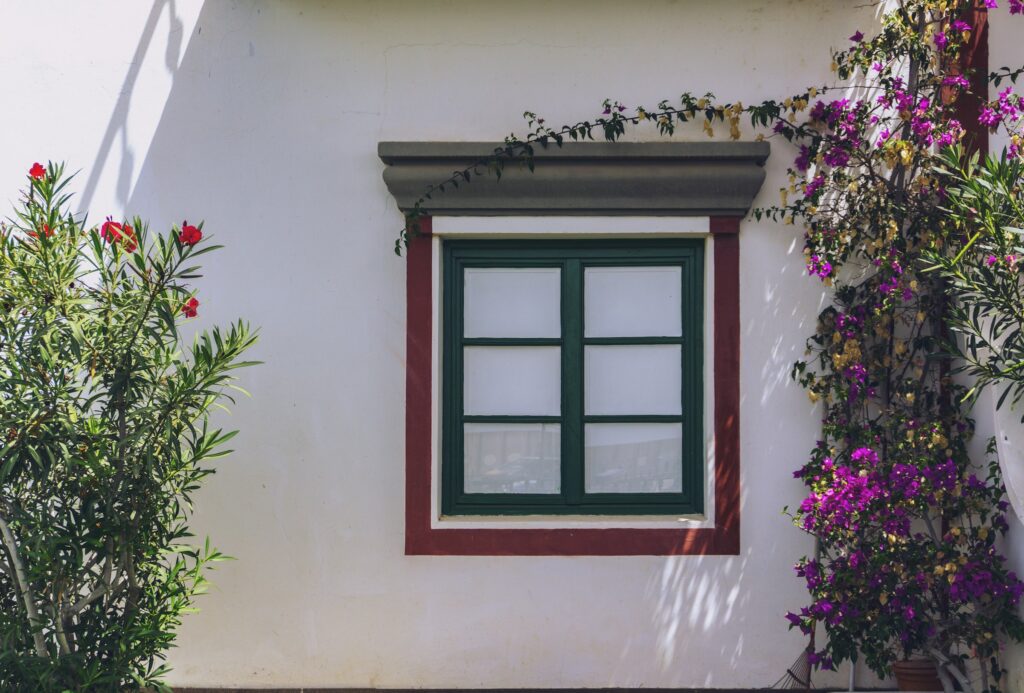
Matching Frame Color to Window Material
The type of material you choose impacts which colors are available and how long they’ll last:
Vinyl Windows
-
Available in limited factory colors like white, tan, bronze, or black
-
Can be painted with proper preparation and the right exterior-grade paint, though it’s important to confirm with your installer or manufacturer beforehand
-
Low maintenance and fade-resistant finishes
Fiberglass Windows
-
More flexible with color options
-
Can be painted and are extremely durable
-
Good for homeowners seeking custom frame colors with high performance
Wood Windows
-
Most customizable in terms of color
-
Can be painted or stained any color
-
Require more upkeep, especially in humid or sunny areas
Aluminum Windows
-
Often powder-coated with long-lasting finishes
- Can be painted with proper prep, though powder-coated frames require sanding and bonding primer for best adhesion
-
Common in modern and commercial-style homes
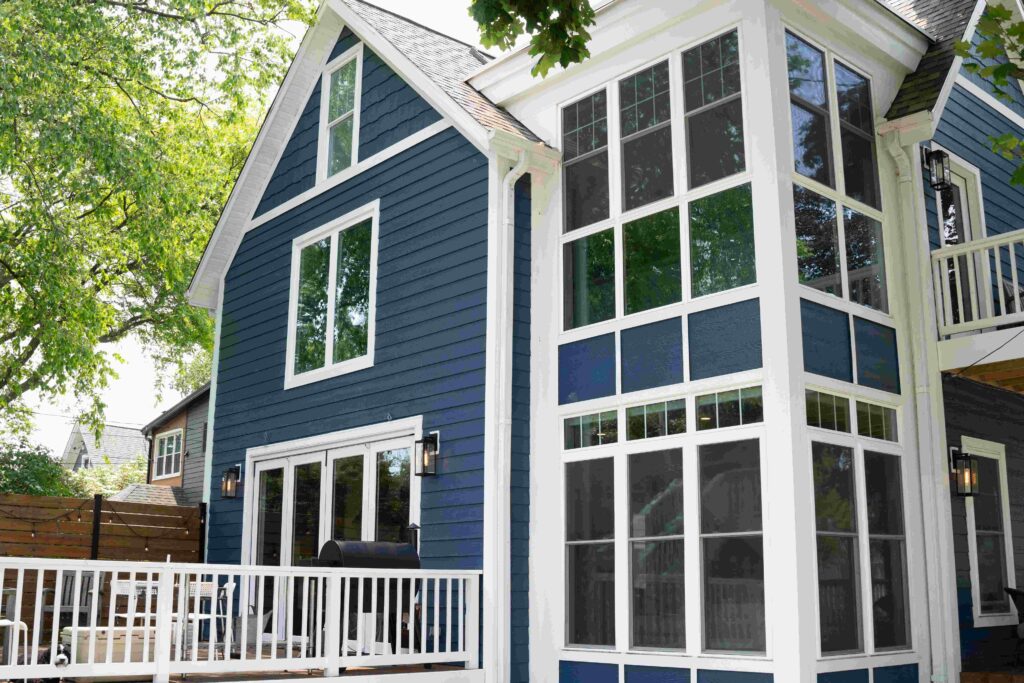
Does Window Style Affect Color Choice?
Absolutely. The architectural style of your window can influence which colors look best on your home. Some styles lend themselves naturally to bold contrasts, while others benefit from softer, more traditional hues.
Below are several style-specific examples to help guide your decision:
-
Casement windows: Often found in modern or contemporary homes due to their clean lines and large glass area. Darker tones like black, bronze, or gray accentuate that sleek, minimal look and pair well with contemporary siding materials like metal, stucco, or fiber cement.
-
Double-hung windows with grids: A staple in colonial, cottage, and farmhouse-style homes, which traditionally use white, cream, or forest green to emphasize a classic styling. These tones highlight grilles and mullions, reinforcing the home’s period character.
-
Picture windows: These are typically large, stationary panes used to frame views. Using black or dark bronze helps minimize the visual impact of the frame and draws attention to the view rather than the window. This is a common technique in modern and luxury architecture.
-
Bay or bow windows: These protruding styles add dimensionality and are often featured in more classic home styles. Warm neutrals like tan, beige, or soft brown help the structure feel grounded and natural, especially in ranch or Southwestern homes.
-
Arched or specialty windows: These already have a bold shape, so white or light gray is often used to downplay the frame and let the geometry speak for itself. This approach is seen frequently in Mediterranean, Spanish, or traditional European designs.

Tips for Choosing the Right Exterior Window Frame Color
When selecting an exterior window frame color, it’s important to test samples in natural light, as colors can appear dramatically different in shade versus full sunlight. Think about the long-term appeal of your choice. You’ll want a color you still love ten years from now; not just one that follows today’s trends.
Consider whether you want your windows to blend into your siding for a seamless look or stand out with contrast to create visual interest. Finally, keep in mind that neutral colors like white, black, gray, and bronze typically have broader resale appeal, making them smart choices if you plan to sell your home in the future.
Should You Paint Your Window Frames?
Fiberglass and wood frames are highly paintable, making them a great choice for homeowners who want flexibility with exterior color updates. These materials hold paint well and can be refinished with a wide variety of hues using high-quality, UV-resistant exterior paints. Whether you’re refreshing your home’s look or coordinating with a new siding color, these frames are a smart option for customization.
Vinyl window frames can also be painted using proper preparation and specialized paint, especially lighter shades designed to reflect heat. However, it’s important to check with your manufacturer or installer before doing so, as painting vinyl may void the warranty depending on the product. Just be sure to follow product-specific guidelines and use exterior-grade, fade-resistant paint for the best results.
Factory-colored frames remain a convenient and reliable choice for low-maintenance consistency, but painting offers more freedom when you’re ready for a change.
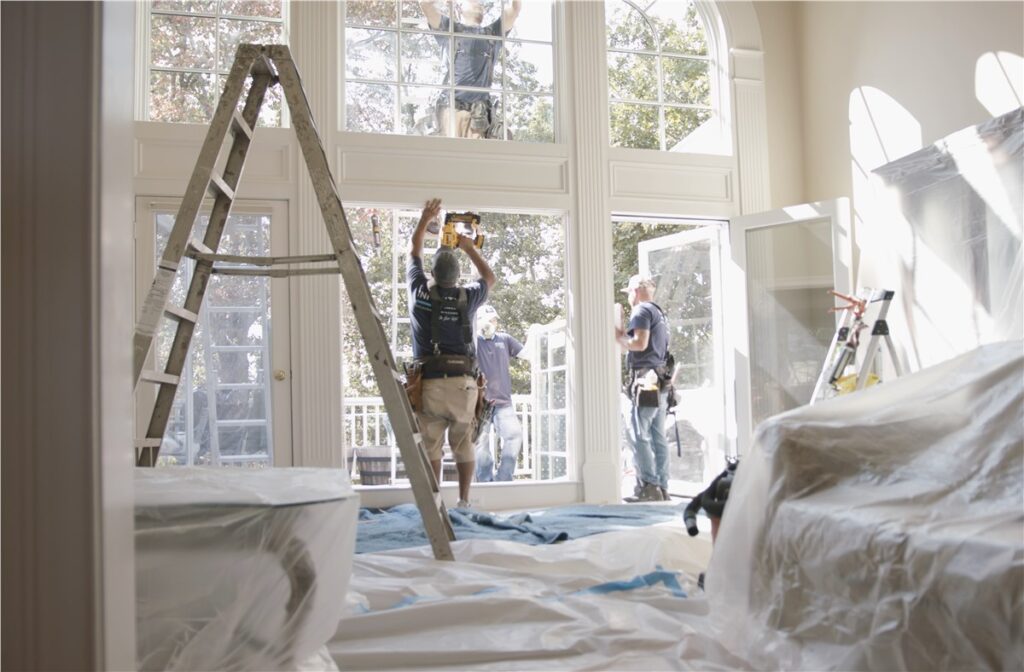
Why Work with Statewide Remodeling
At Statewide Remodeling, we offer energy-efficient replacement windows in a range of factory-applied frame colors designed to hold up in hot, dry, and high-UV climates. Whether you’re looking for bold black frames to modernize your exterior or soft neutrals that blend with your stucco, we can help you choose the best fit for your home’s architecture and your region.
With over 80,000 successful home remodeling projects completed and service areas across Texas, Oklahoma, Arkansas, New Mexico, and Utah, we’re your trusted partner in window replacement done right since 1994.
Let’s Find the Right Window Color Together
Choosing the right exterior window frame color is a smart way to boost curb appeal, complement your home’s style, and align with your local climate. Whether you want a bold contrast or a subtle match, the right color enhances both aesthetics and long-term value.
Ready to upgrade your windows? Contact Statewide Remodeling today for a free consultation and find the windows that fit your home and region.



.png)
.png)
